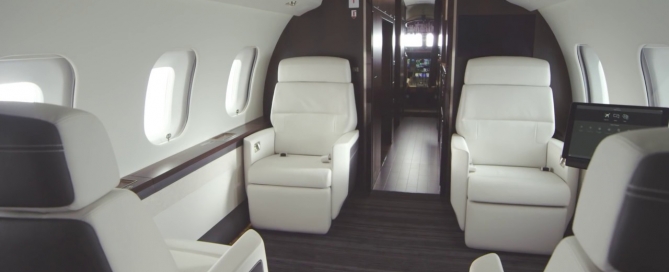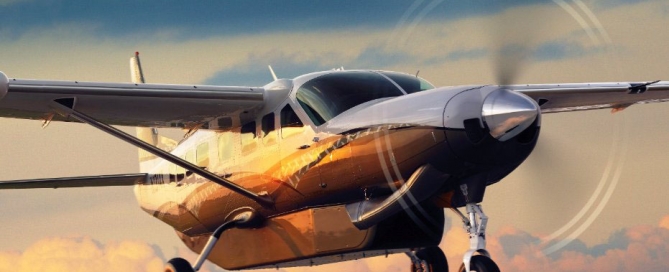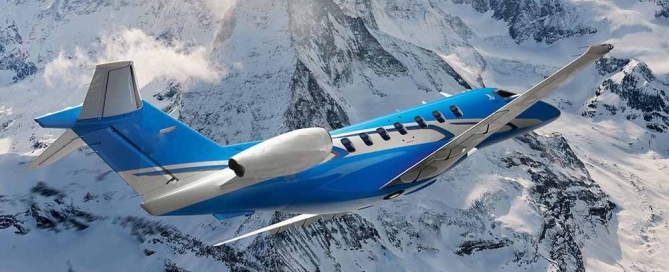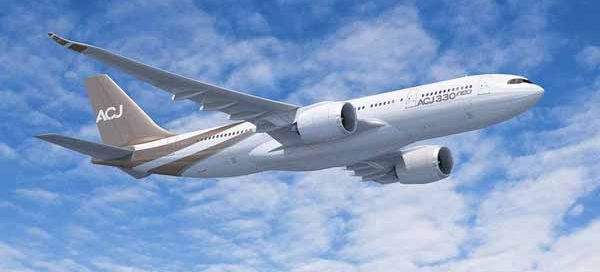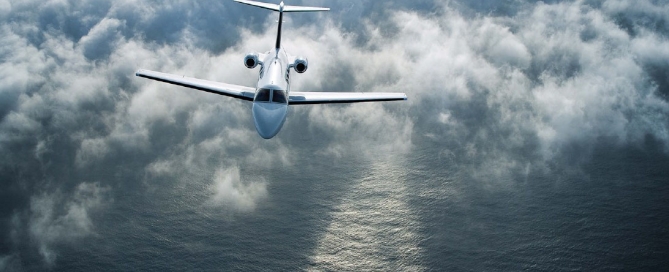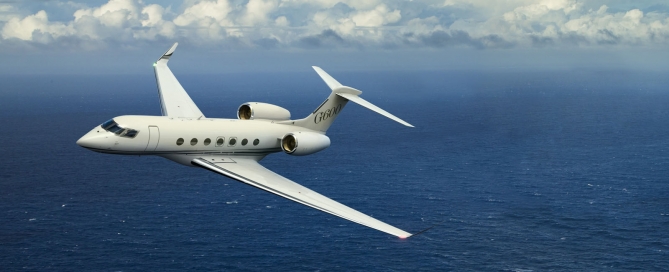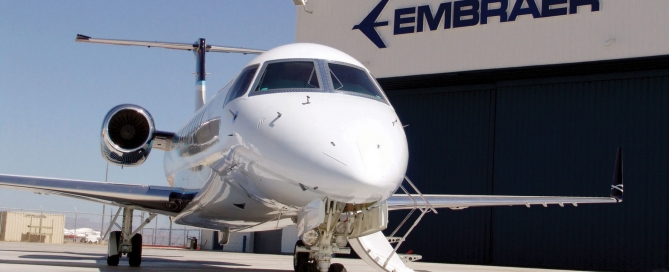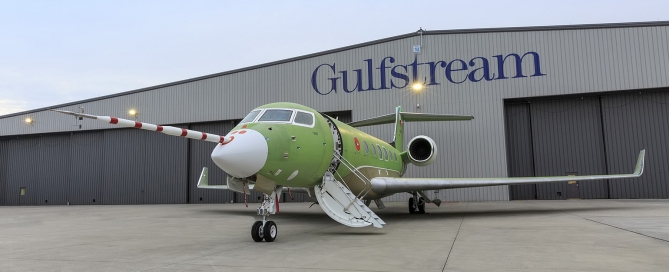Bombardier unveils ‘Premier’ Global family cabins
Bombardier Global 5000 and 6000 Bombardier are displaying a Global 6000 with its new ‘Premier’ cabin at the EBACE show this year. Available on both all current in production Global family aircraft, the new interiors feature KA-band connectivity, currently the fastest internet solutions available. The new cabins take their design cues from the upcoming Global 7000 and Global 8000 cabins. “Cabin comfort and sophistication are top priorities for our customers. Global aircraft already lead the industry with spectacular cabin interiors, and our new Premier cabin demonstrates that we are committed to remain ahead of the curve across all of our products,” said David Coleal, president, Bombardier Business Aircraft. As well as connectivity, Bombardier also reworked the seats on the aircraft, which now include higher armrests and sculpted backrests. “The refined aesthetics, luxury and ambience of our new Premier cabin, combined with an advanced cabin management system and Ka-band connectivity, will result in an even more productive experience for our Global 5000 and Global 6000 aircraft passengers.” added Coleal. Source: CorporateJetInvestor.

 Hawker-Beechcraft Hawker 400XP
Hawker-Beechcraft Hawker 400XP Cessna Citation V
Cessna Citation V Beechcraft Premier IA
Beechcraft Premier IA Beechcraft King Air 350
Beechcraft King Air 350



